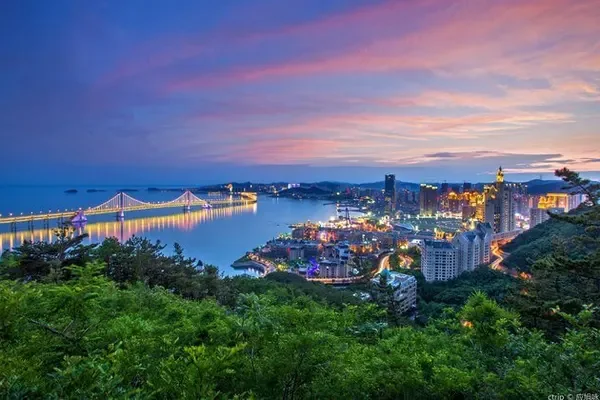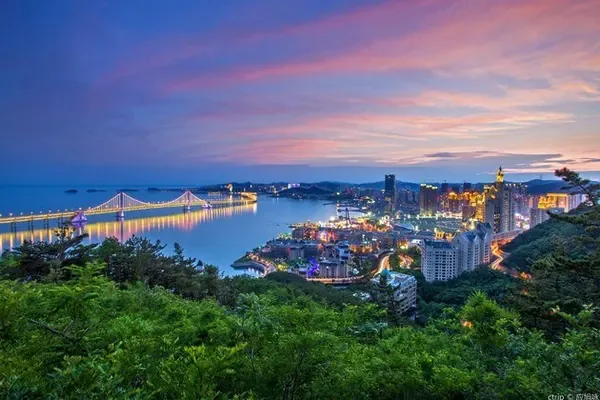






One of the ten most beautiful canyons in China, "Xinjiang Kuqa Grand Canyon" is located in Aai Township, Kuche County, at the southern foot of Tianshan Mountains, more than 800 kilometers away from Kashgar City and 64 kilometers away from Kuqa County. The Kuqa Grand Canyon is composed of huge red-brown mountain groups, which the locals call "Kizilya", which means "red cliff" in Uighur. The Grand Canyon is 1,600 meters above sea level, the highest peak is 2,048 meters, the main valley is 3,700 meters long, and the drop between the valley end and the valley bottom is 200 meters. The Grand Canyon is very long and about 5.5 kilometers long from east to west, and it takes 4-6 hours to go back and forth. The deeper you go, the greater the difference in scenery and the more mysterious it will be.






I took the night train from Kashgar to Kuqa the night before, and arrived at Kuqa County early the next morning. Immediately after staying, go to "Kuqa Fuchen Youth Hostel". I checked on the Internet before that this youth hostel has a carpool to the Grand Canyon every day. The fare is 150 yuan per person. You must contact one day in advance and pay the fare in one lump sum. The address of Kuqa Fuchen Youth Hostel is: No. 526, Tianshan East Road, Kuqa County. If you need it, you can find it to contact a carpool, which is more convenient than finding a means of transportation by yourself. The car was waiting at the gate of Fuchen Youth Hostel at 9:00 in the morning, and a total of six people including me carpooled to go there. There are two scenic destinations, the first stop is Kuqa Grand Canyon, and the second stop is "Kizil Grottoes". The car is driving on the beautiful and famous "Duke Highway". The section from Kuqa County to the Grand Canyon is the end of the Duku Highway. The unique red Yadan landform along the way is dizzying.








There are many scenic spots in Yadan landform in Xinjiang. Burqin Colorful Beach in northern Xinjiang, which I visited for the first time a few years ago, is a very beautiful Yadan landform scenic spot. Compared with the colorful beach, the Kuqa Grand Canyon appears to be higher and steeper. Yadan red landform is evolved from geological movement and wind and rain erosion for hundreds of millions of years.








The further you go, the more mysterious the Grand Canyon becomes. The morning sun shines on countless strange peaks and rocks from the crevices of the mountains, dyeing the mountains with different shapes in golden, rose red, crimson purple, indigo and other charming colors. Shuttle among them, changing scenes step by step, as if you are in a maze. The rare landform light and shadow, as the light moves, the color is constantly changing under the refraction of the sun, forming a series of beautiful and unnecessary phantoms.





The winding path of the Grand Canyon leads to seclusion, the mountains are in various shapes, the peaks and ridges go straight into the sky, there are ditches in the ditch, and there are valleys in the valley. One-line sky, Crescent Valley, Yunv Spring, Xuanxin Stone and other scenic spots in the canyon, let your imagination continue. It took me nearly two hours to walk back and forth while taking pictures of the entire canyon, and climbed above the end of the cliff at the end, which is the end of the Kuqa Grand Canyon. So I left a photo at the end of the canyon as a commemorative memory.




Arrive at about 3 o'clock in the afternoon and arrive at the famous scenic spot "Kizil Grottoes" in Baicheng County, 70 kilometers away from Kuqa County, which was built in the third century AD. At present, it is the earliest grottoes excavated in China. It is the largest group of grottoes in the west. It was born in the late Eastern Han Dynasty and was nearly 200 years earlier than the Dunhuang Grottoes. It is a world cultural heritage. After entering the scenic spot, you have to walk a long avenue to see the grottoes on the cliff of Mingwutag Mountain. A "Statue of Kumarasa" stands on the square under the mountain. This famous Buddhist preacher was born here - the Kingdom of Kucha. He has been to India to learn Buddhist scriptures, He Zhidi, Xuanzang and became the three major translators of Chinese Buddhism. The translations of Diamond Sutra and Dahua Sutra were all done by him. Visiting the Kizil Grottoes restricts the flow of people, and it is necessary to queue up for a group of about ten people to enter each time.








克孜尔石窟属于世界级文化遗产,令人叹为观止的艺术瑰宝。一千多年以来遭到宗教种族冲突的破坏,以及国外盗宝者的偷窃,能保留到今天实属不易。克孜尔石窟有4个石窟区,正式编号的石窟有236个,还有部分石窟没有对外开放,应该是非常珍贵国宝级文物。洞内大部分雕像已被毁掉,几乎难以见到,只有一些残缺不齐的壁画。这些精美壁画为古代龟兹文化的遗存,无论是人物刻画还是用料都是非常考究。由于遭到严重破坏,很难见到一个完整的画面,但是再怎么说也见到了中国佛教石窟艺术的鼻祖,深感荣幸。

